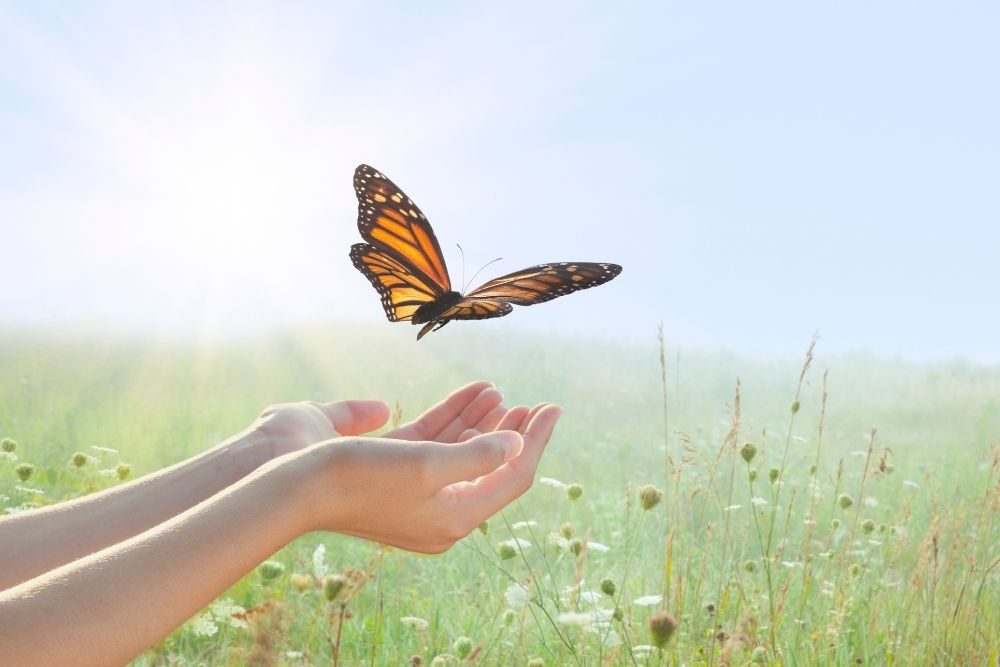
In Florida’s rich and diversified ecosystems, a delicate dance of life plays out, with species coexisting in intricate harmony. Among these occupants is the Atala butterfly (Eumaeus atala), a species that was once on the verge of extinction but has since made a remarkable comeback, thanks in part to the resurrection of its primary host plant, the coontie [Zamia integrifolia (or floridana)].
The Atala butterfly, also known as the coontie hairstreak or Atala hairstreak, is a small yet eye-catching species with brilliant blue, black, and red colors. This butterfly is native to Florida, Cuba, the Bahamas, and sections of the Caribbean. It was considered to have vanished from Florida due to habitat degradation and overcollection. However, devoted conservation efforts have helped pull this species back from the brink, demonstrating the effectiveness of proactive conservation strategies.
The Atala butterfly’s revival is centered on its strong interaction with the coontie plant. Coontie, a member of the cycad family, is a primitive plant that flourishes in Florida’s sandy coastal soils. Coontie was once plentiful throughout Florida, providing a key food supply for both the Stala butterfly larvae and several other native species.
However, as Florida’s landscape evolved and urbanized, the coontie plant suffered. Habitat degradation, along with the plant’s historical use in starch production, resulted in a substantial drop in coontie populations. This decline had a cascade impact on the Atala butterfly population, bringing it dangerously close to extinction.
Recognizing the interconnectivity of species in Florida’s ecosystems, environmentalists banded together to rescue the coontie plant and the Atala butterfly. Efforts to increase Atala populations included habitat restoration, public education, and targeted breeding programs.
One critical component of these conservation efforts was the promotion of coontie as a landscaping plant. Conservationists encouraged homeowners, landscapers, and municipalities to include coontie in their green spaces by raising knowledge about the species’ ecological importance and role in maintaining native wildlife. As a result, coontie has seen a spike in popularity, restoring its proper place in Florida’s landscapes.
The return of the coontie plant has had a significant impact on the Atala butterfly populations. With plenty of food sources accessible again, Atala butterflies have recovered, delighting spectators with their vivid presence in Florida’s gardens, parks, and natural spaces.
Today, the Atala butterfly represents effective conservation efforts in Florida. Its story emphasizes the significance of protecting not only individual species but also the intricate relationships that hold ecosystems together. By restoring habitat, promoting awareness, and fostering coexistence between humans and wildlife, we can ensure that future generations will be able to appreciate the beauty of Florida’s landscapes.
As we look to the future, let us be inspired by these animals’ persistence and renew our efforts to protect and preserve the natural treasures that enhance our lives and sustain our world.


